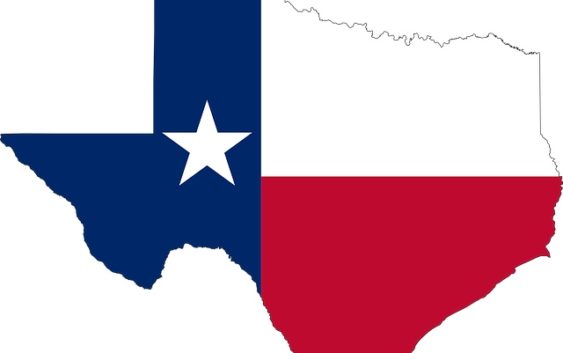- 'We're already strapped' | Child care crisis worsens after Hurricane Helene
- 'My heart goes out to them' | Community rallies to support Walt Disney Elementary School teachers impacted by tornado
- 'It’s a horrible process' | Montgomery County homeowners now prepare for fight with insurance companies over tornado damage
- 'My heart goes out to them' | Community rallies to support Walt Disney Elementary School teachers impacted by tornado
- 'I made a terrible decision' | Video shows boaters in the middle of Chambers County tornado
As Drought Persists, Texas Ranchers Take Stock

Cattle ranchers in the Texas Hill Country are facing a tough decision after months of drought.
“You have to decide where’s your quitting point in terms of buying feed, buying hay and feeding your animals,” says Jamie Osbourn, an agent with the Texas A&M Agrilife Extension office in Llano County.
Llano is one of a handful of counties in the state experiencing severe drought. Osbourn says there is practically no grass left in the area for cattle to graze on.
“Even the guys that have been very conservative with their [land], those guys are even getting short on grass,” he says.
According to figures released by the U.S. Drought Monitor this week, nearly 38% of the state is in drought. At least one-third of the state has been experiencing some level of drought since late August. That figure peaked at just over 50% in September, the hottest September on record for cities throughout Texas, including Austin. On Jan. 3, Gov. Greg Abbott even issued a state of disaster declaration for 17 counties.
Even severe weather overnight Friday in the eastern half of Texas likely won’t make a dent in long-term drought conditions.
John Nielsen-Gammon, the Texas state climatologist, says drought conditions normally improve in the fall and winter because there is typically more rainfall.
“But that hasn’t really worked out that way,” he says. “We’ve gotten some improvement in some parts of the state, but so far, for the most part, the fall and winter have been below normal so we’ve seen drought persisting in large areas.”
Nielson-Gammon says the ongoing drought and higher temperatures in the state reflect the “larger scale global warming trend that’s being driven by mainly greenhouse gases in the atmosphere.”
He says in the last few months some parts of the state have seen improvement in drought conditions, such as areas in far West Texas and the Panhandle.
But even in the Panhandle, he says, the rain was too little, too late.
“It was difficult to get the winter wheat crop planted and established,” he says, “so some places are going to be feeling the effects of drought for several months – even though rainfall has finally caught up.”
Jourdan Bell, an agronomist with the Texas A&M Agrilife Research and Extension at Amarillo, says if the Panhandle has a dry spring, the effects of the drought will stretch out even longer.
“And so we will actually see the effects of a fall drought carry over into planting for our summer crop,” she says, “and so that may impact how farmers make cropping decisions.”
Over the last several years, Bell adds, the Panhandle has experienced more periods of extreme weather.
“We have very wet periods, followed by several months of very hot, dry conditions,” she says.
Bell says that puts stress on crops and decreases their productivity, negatively impacting the regional economy.
Osbourn says cattle ranchers might just need to make a fresh start: “Which is easy to say, but a lot harder to do.”
9(MDAwMTM1NDgzMDEyMzg2MDcwMzJjODJiYQ004))